We’re driving around the bottom of the Eiffel Tower, two grown men enthusiastically describing 28mph circles for the camera in a tiny, two-seat Citroën Ami quadricycle that’s road-legal for unlicensed French 14-year-olds.
Traffic swirls chaotically around the mighty monument, not least because part of the time my chauffeur, Citroën CEO Vincent Cobée, is driving into the traffic to give our camera the best images.
Nobody seems to care – apart from four gendarmes sitting nearby in a white Skoda with blue stripes, clearly charged with keeping order. They allow a few passes, then reluctantly drive to where we’ve stopped while our photographer changes lenses. Trouble seems likely, but Cobée knows exactly what to do.
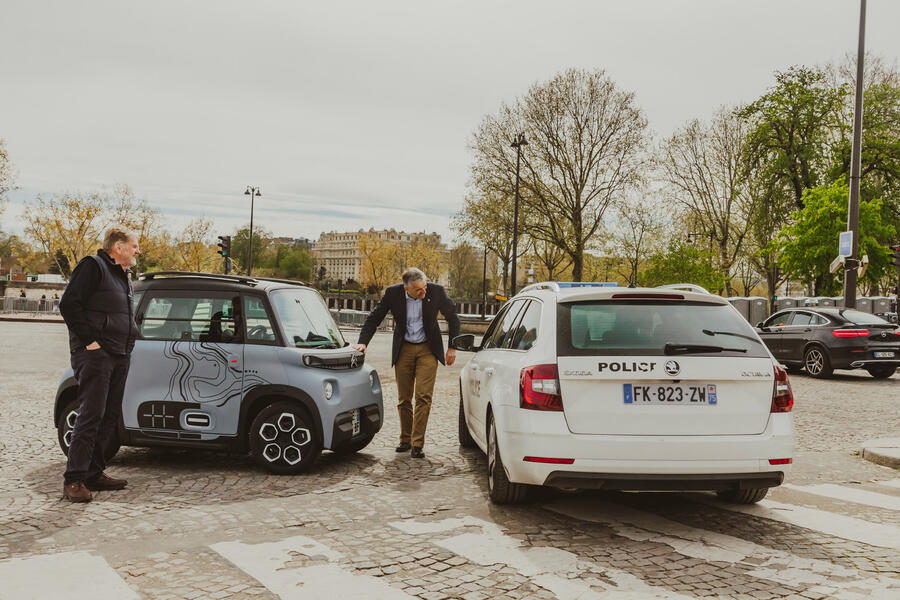
He opens the Ami’s big door, jumps out and strides towards the gendarmes, arms wide and a big smile on his face. He explains that this is a short-lived camera junket and he’s the man from Citroën. “I can sell you one of these, if you like,” he says, gesturing at the Ami. They smile, wave and drive off. It’s an interesting insight into how Cobée gets things done. Our pictures are now in the bag.
I’ve come to Paris to spend a large part of the day with the Frenchman, who has been running Citroën for two and a bit years now. There’s no suggestion he has a carefully nurtured, lifelong connection with the Double Chevrons; he has been too busy on a varied global career path for that. But it has nevertheless become clear that he’s the right man to explain the modern aspirations of Stellantis’s ‘different’ mainstream brand.
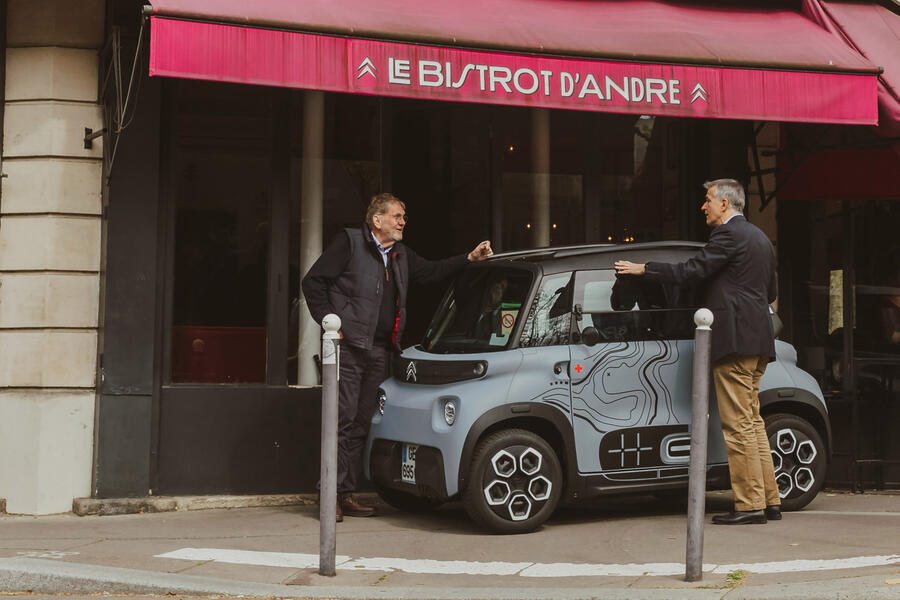


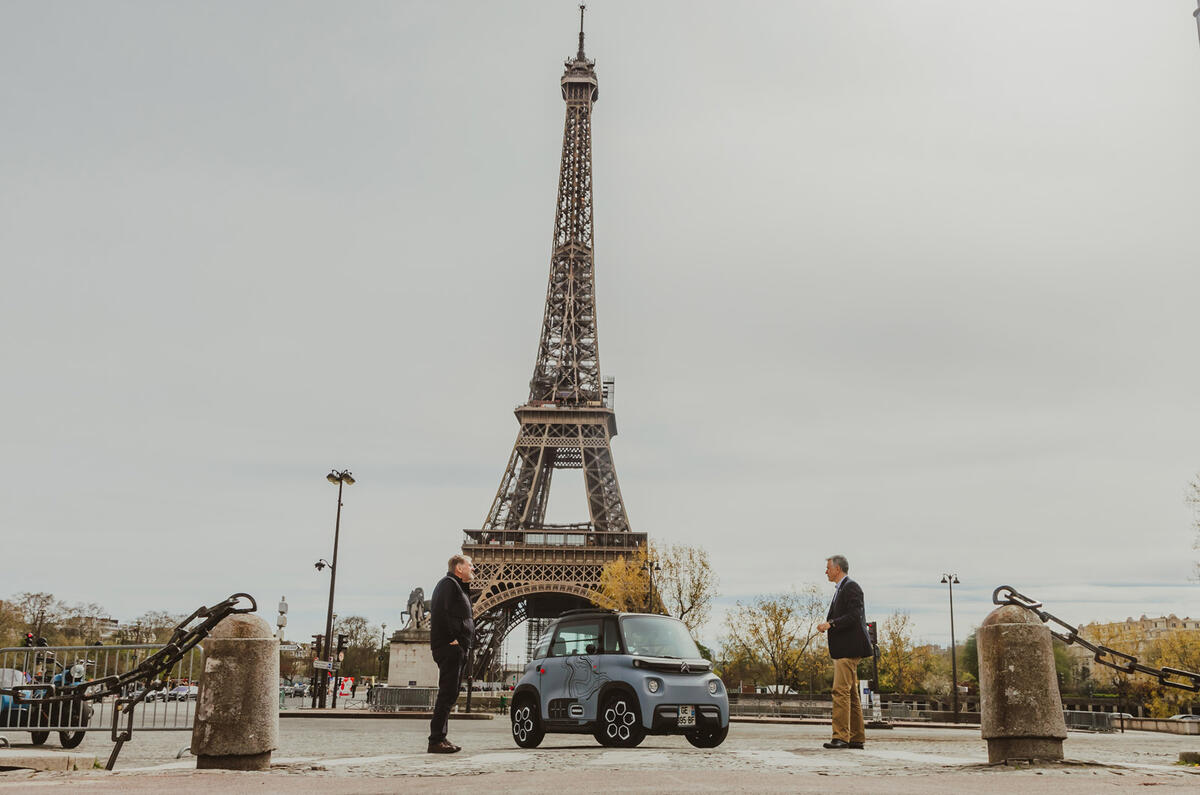

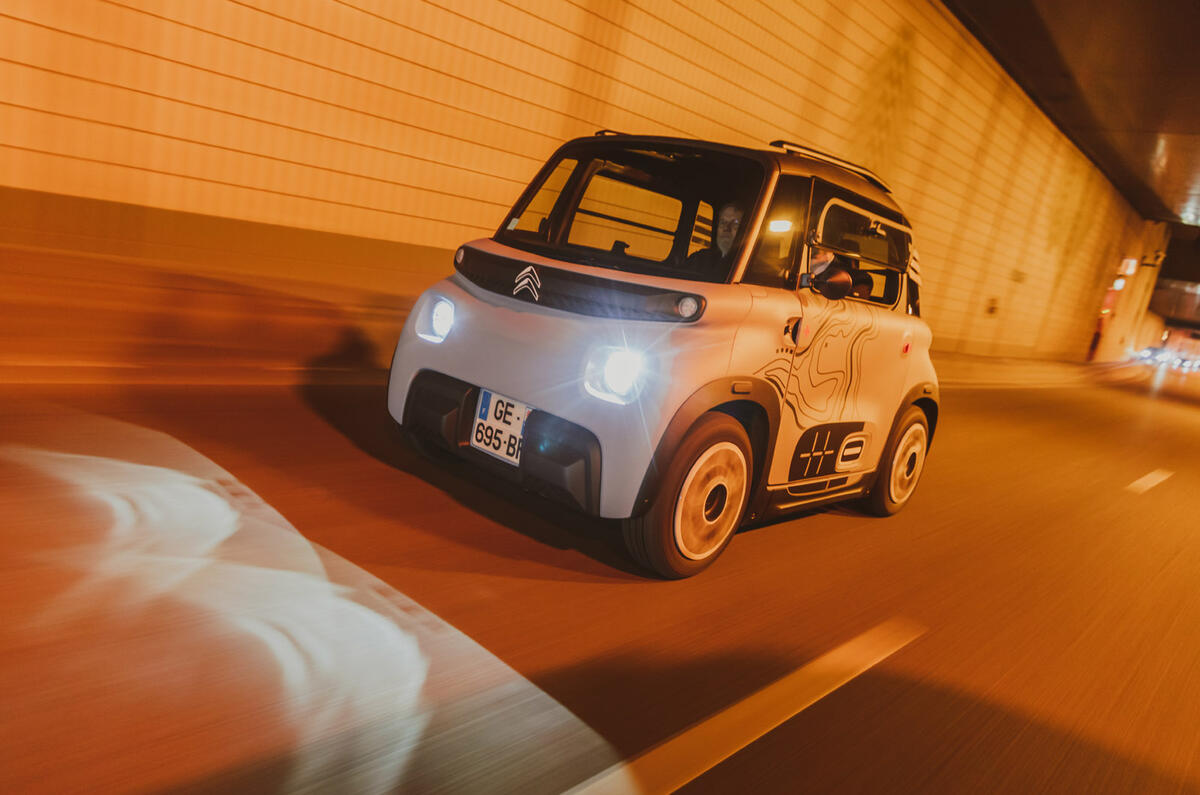
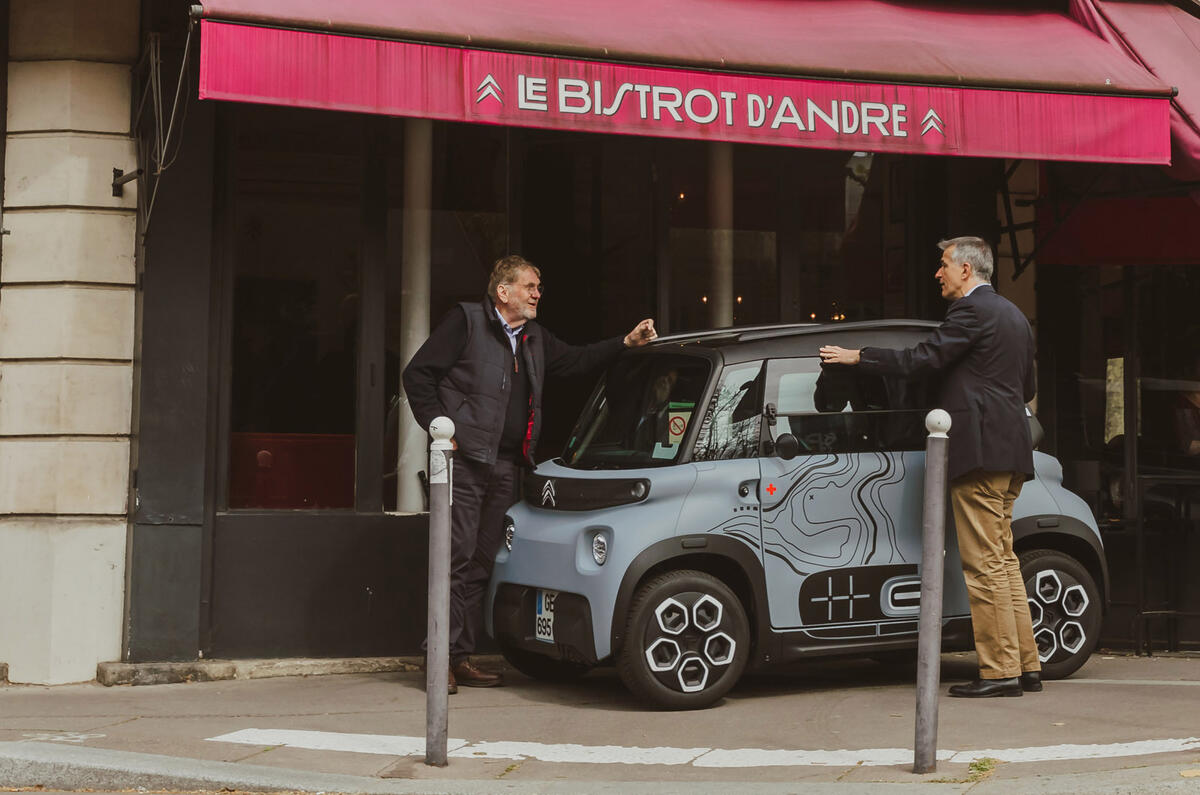
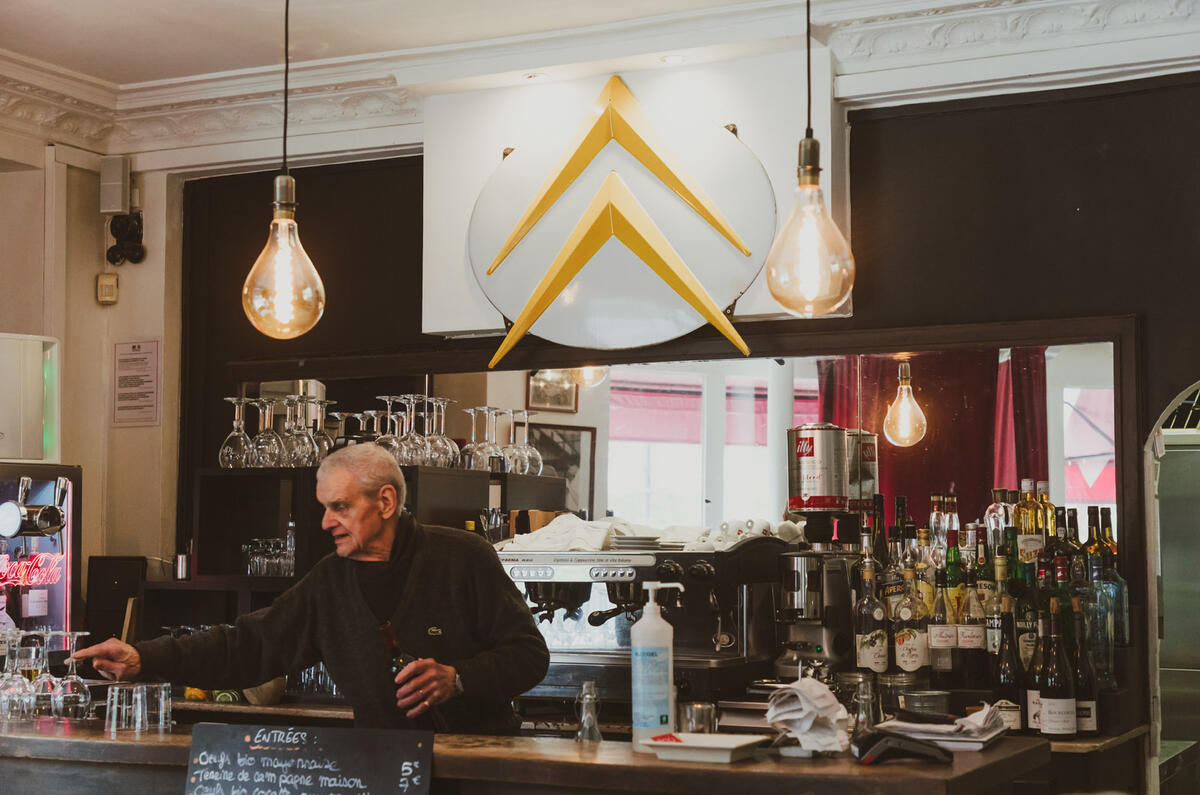
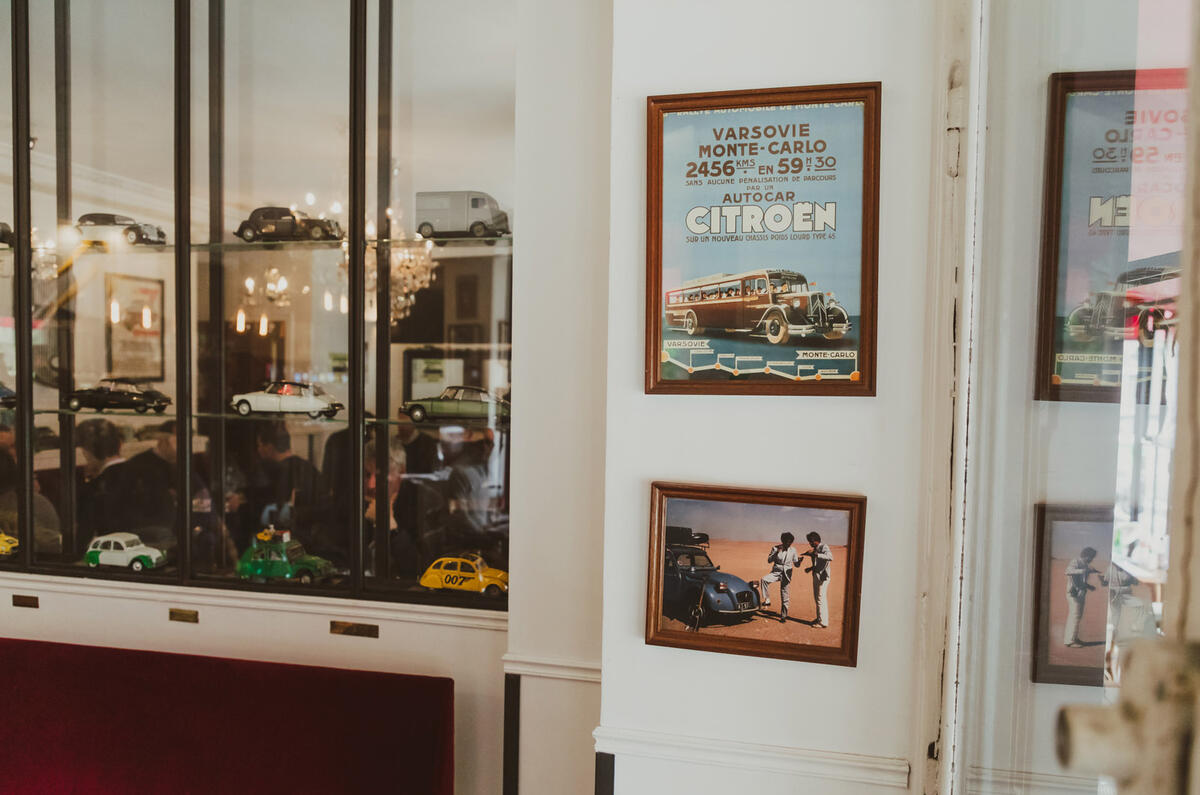
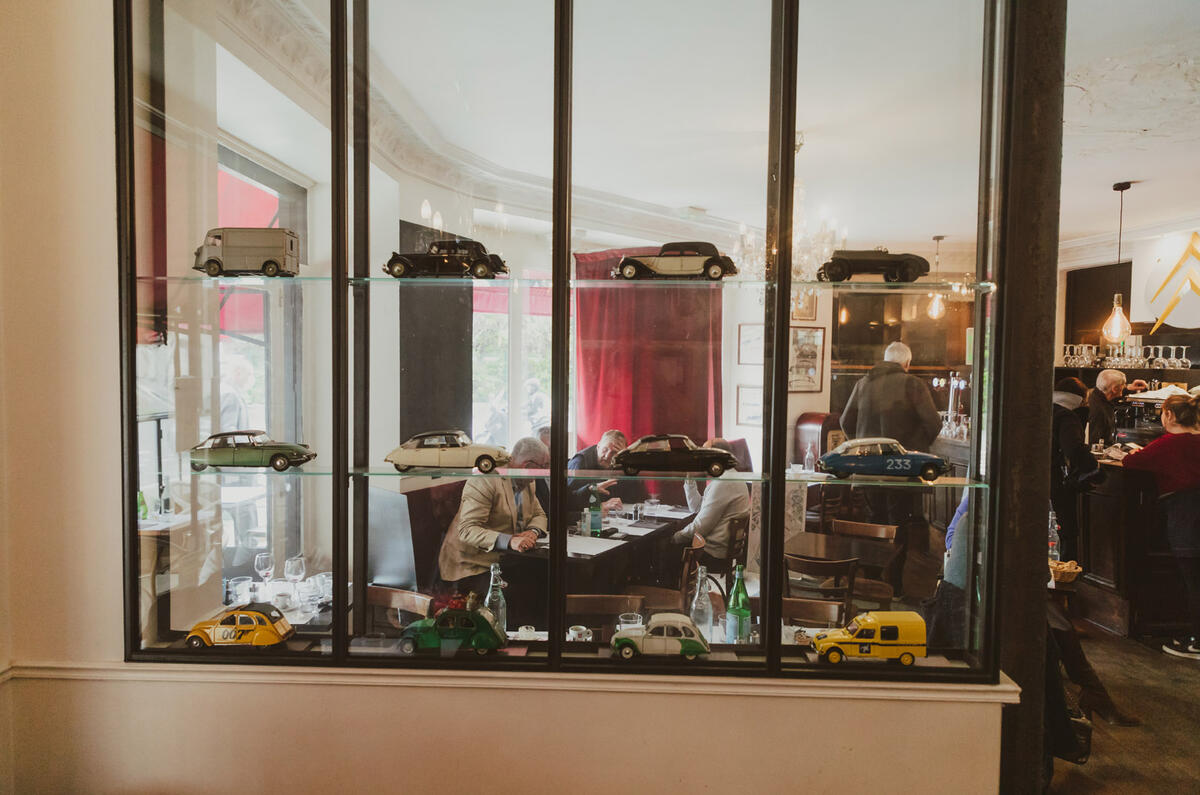
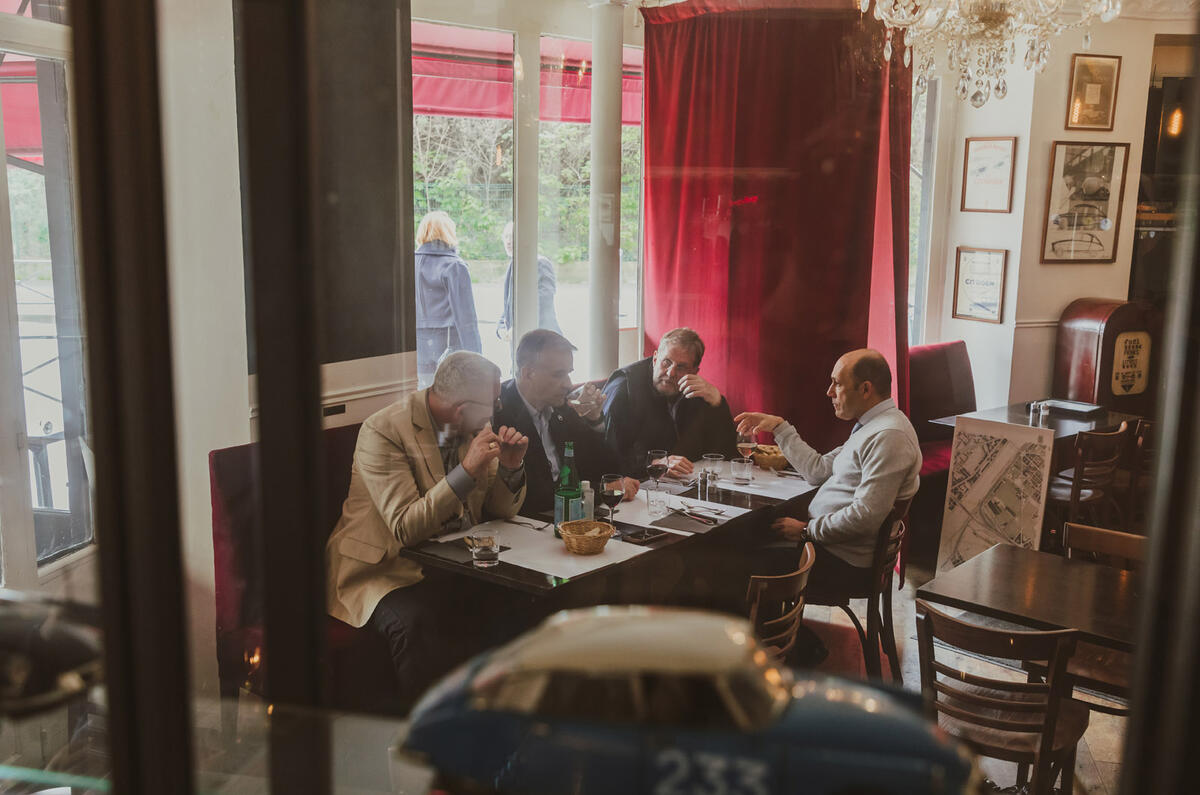
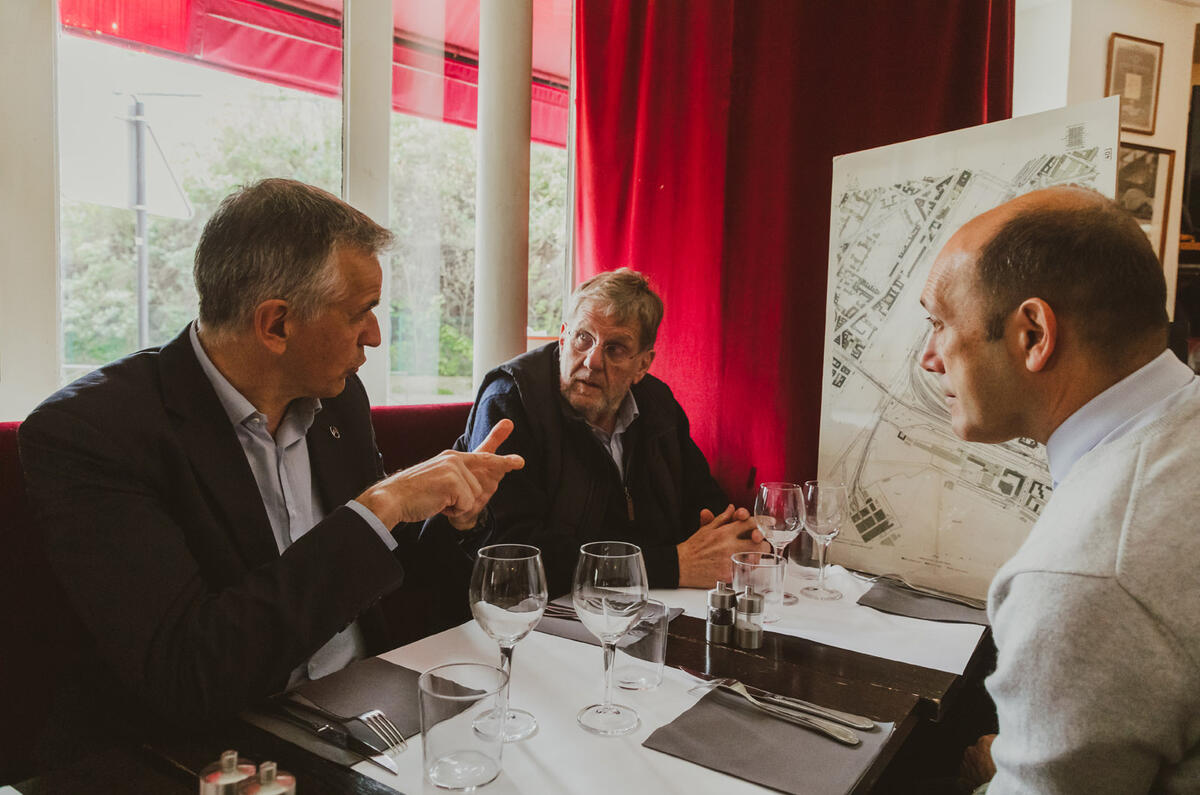


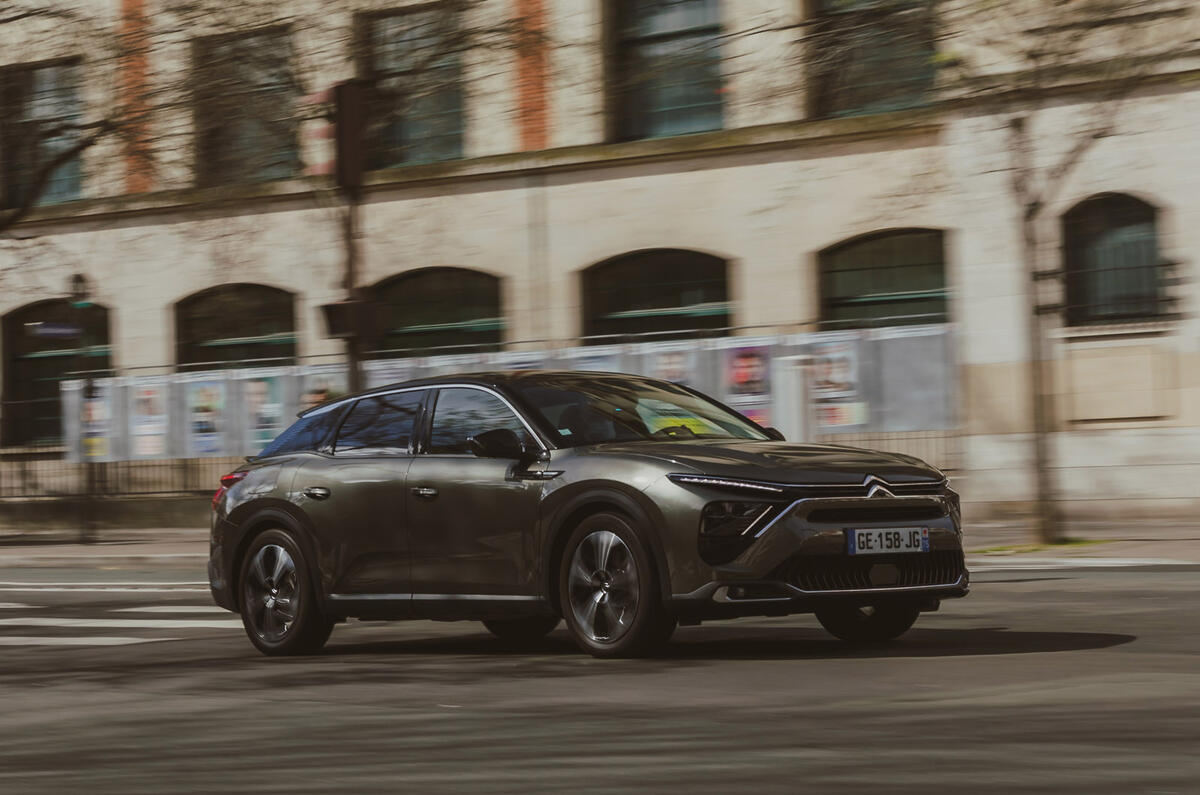
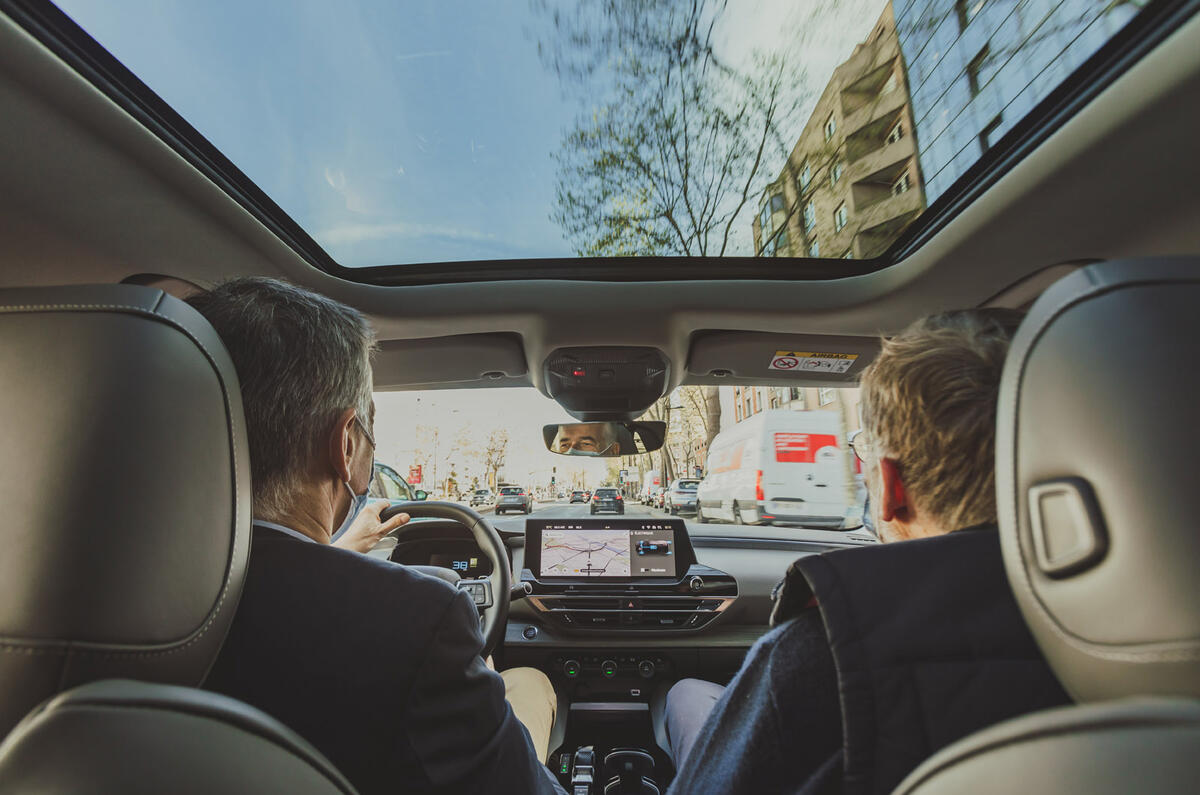
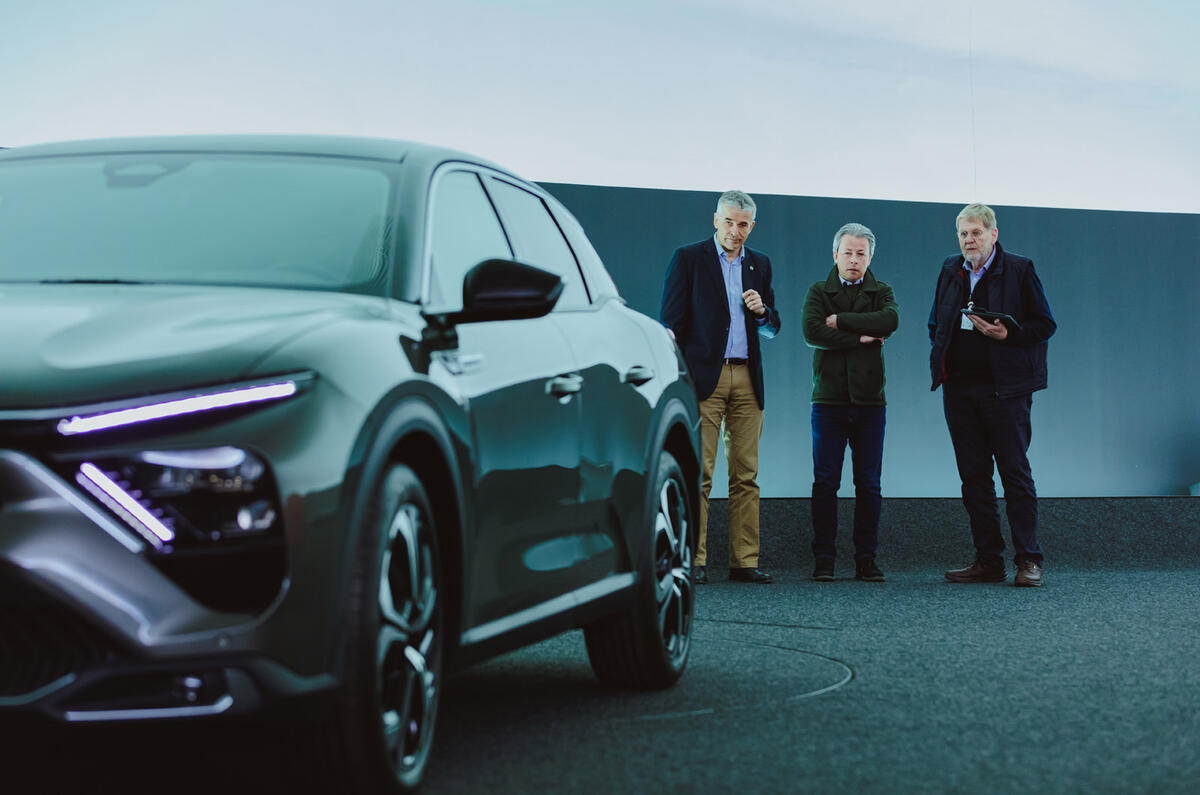
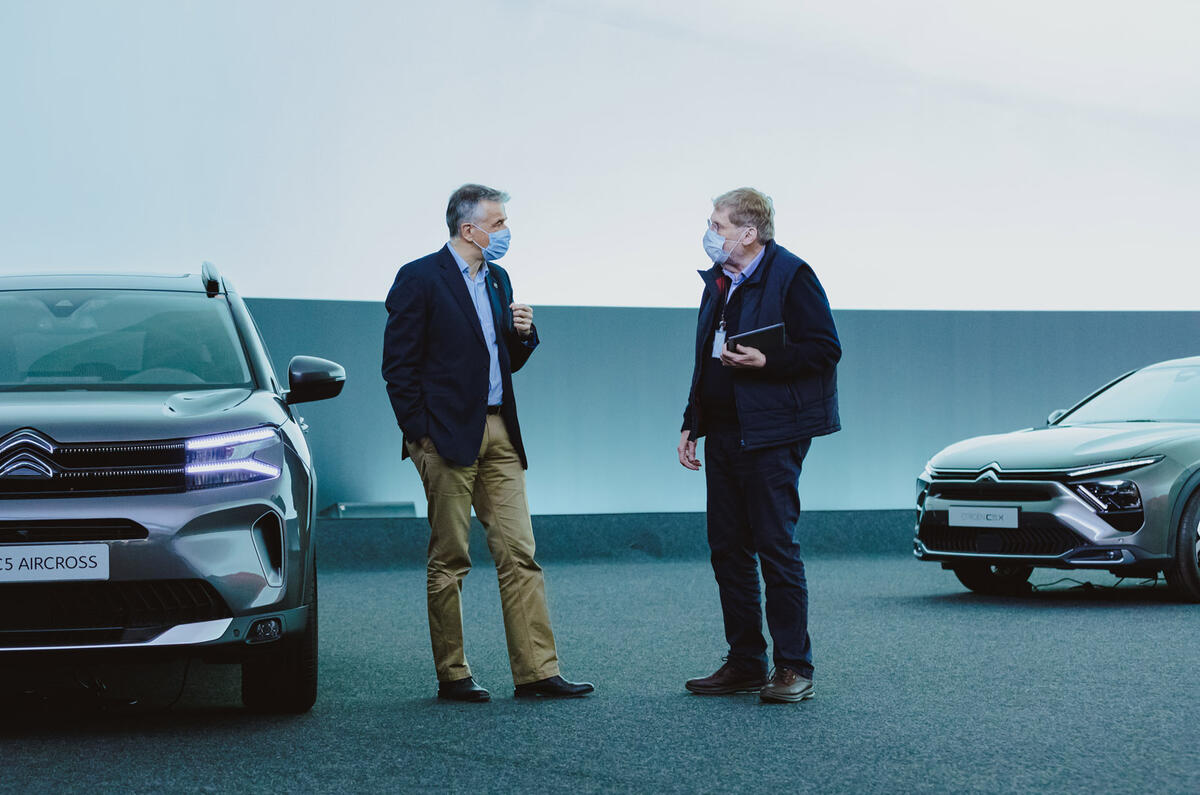
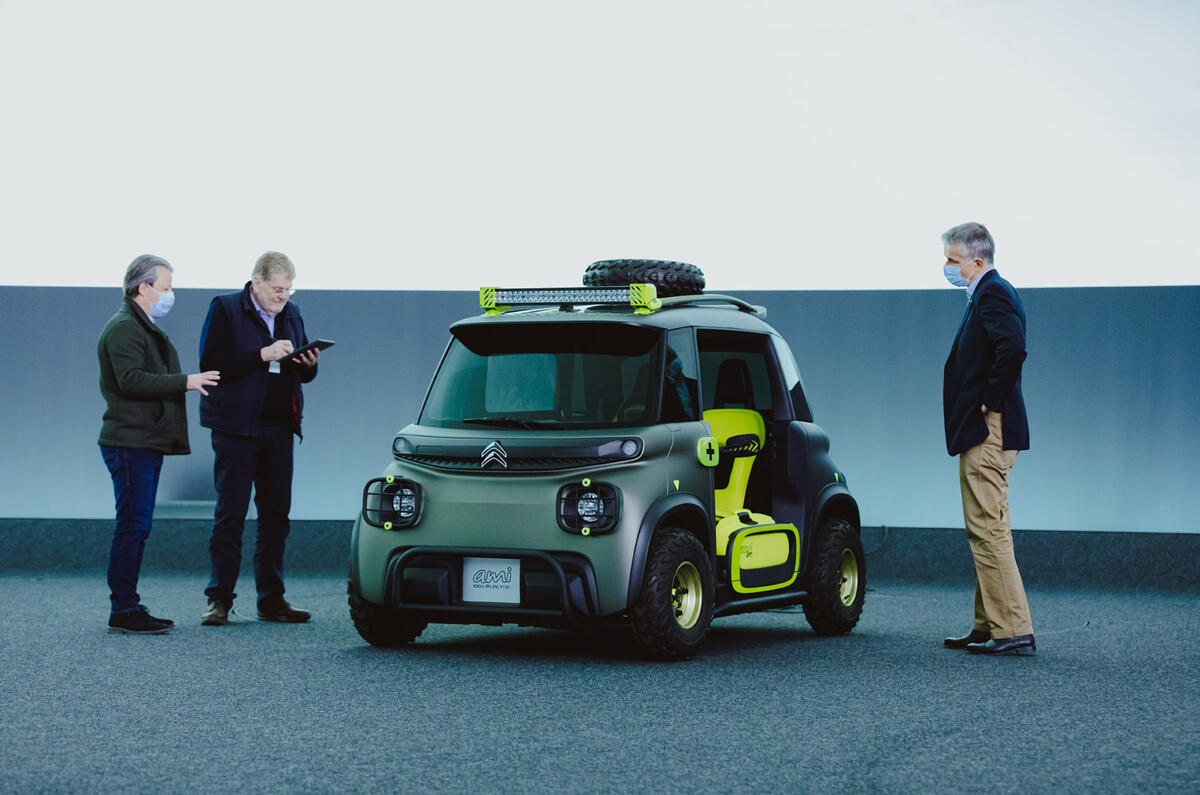
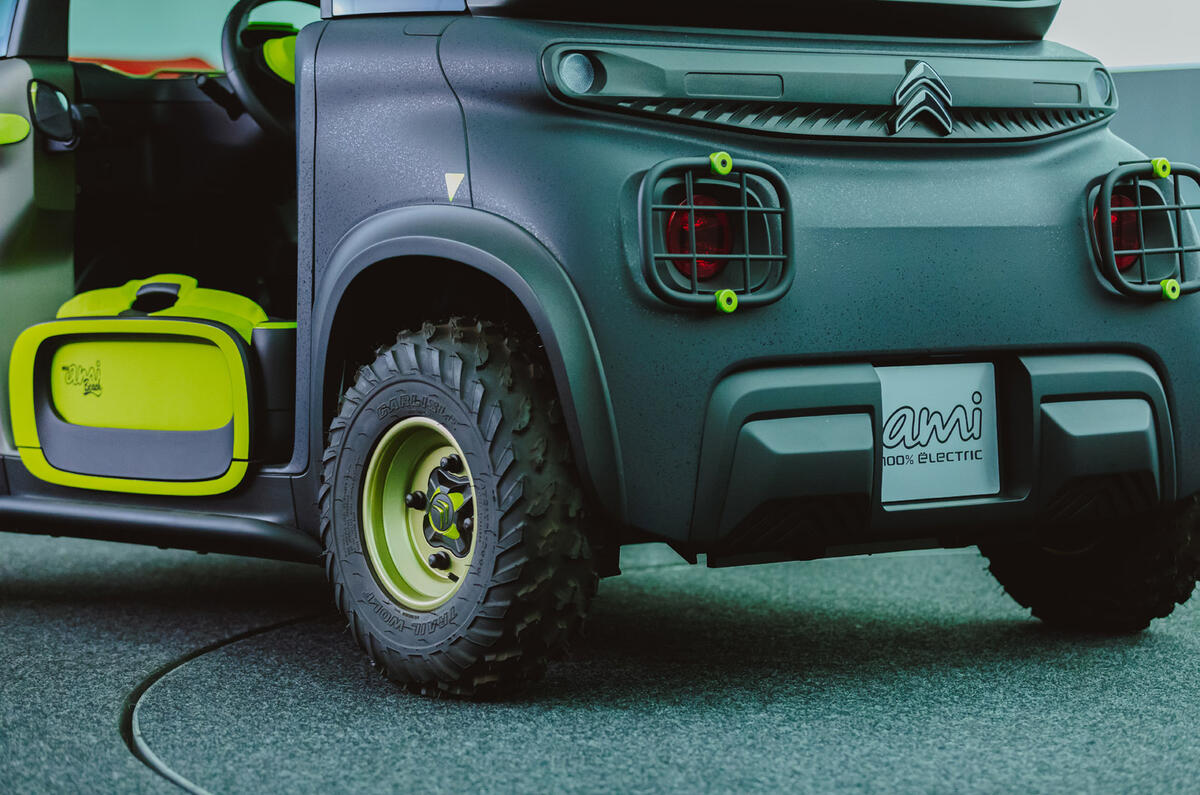



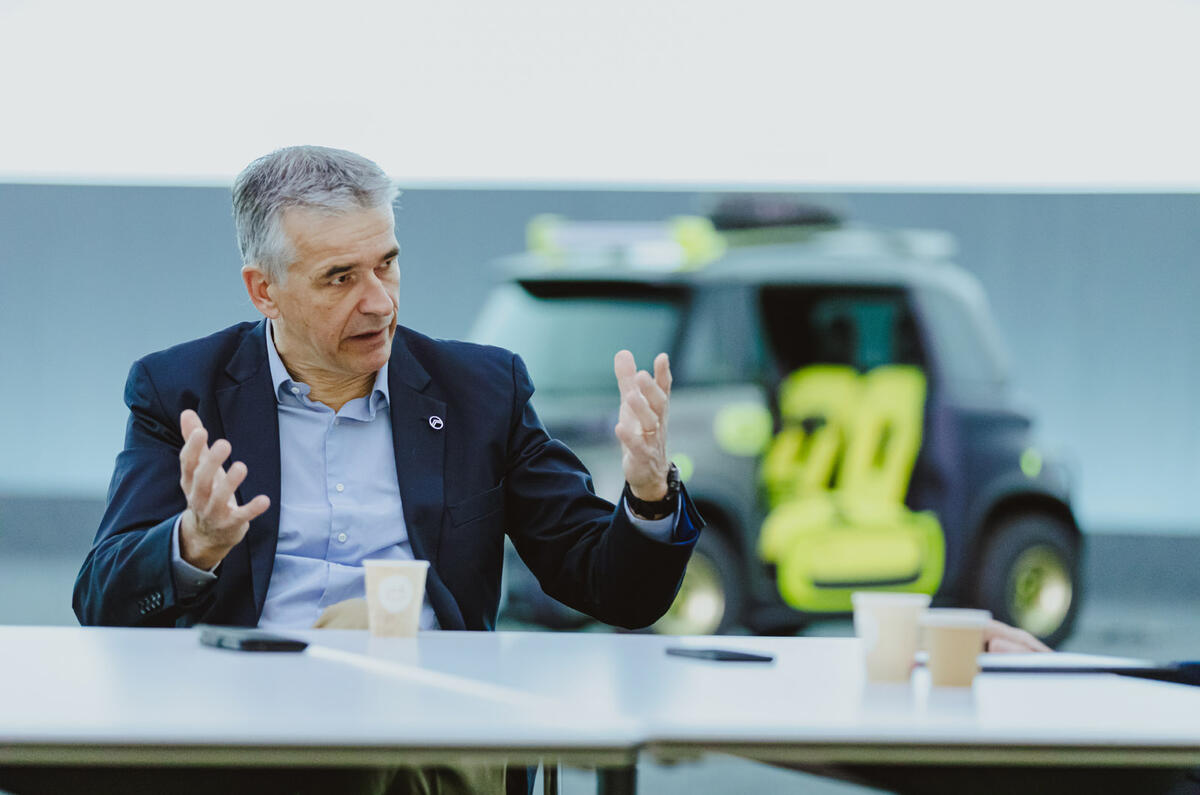


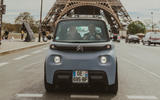














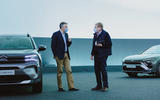











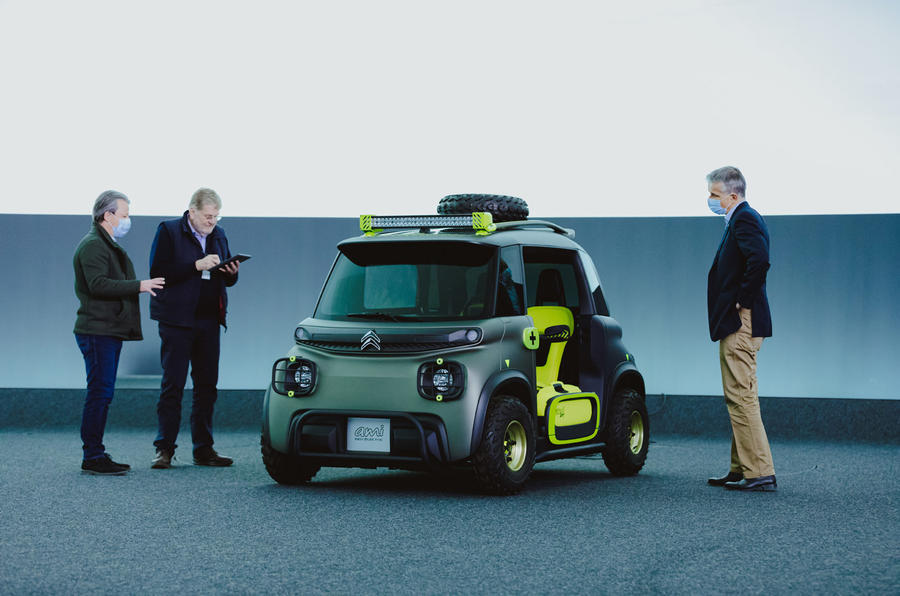
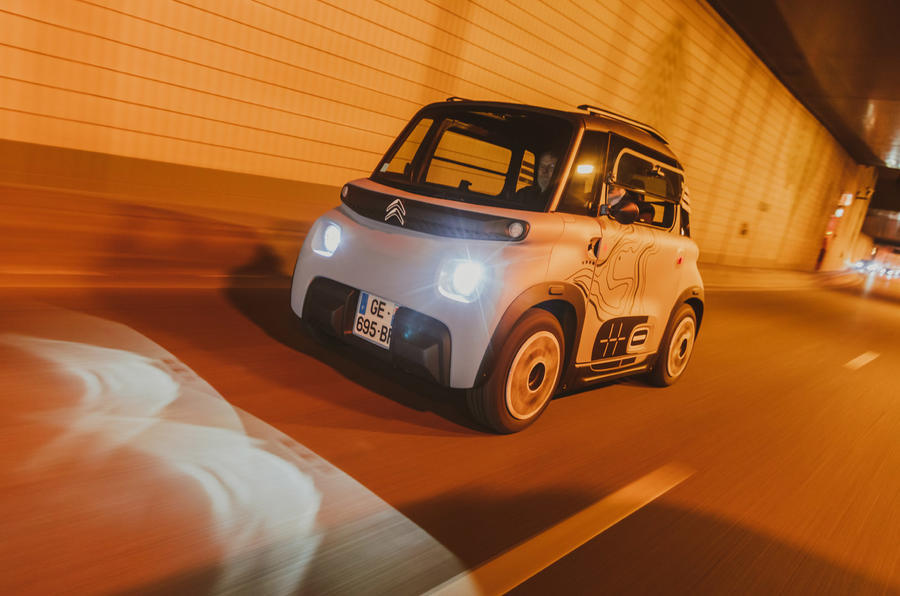





Join the debate
Add your comment
Citroën is a £6000-to-£60,000 car company,
Who is he trying to kid? Citroen are more a £60,000 -to- £6000 car company. You buy it for £60k one day and it's worth £6k the next.
I still think an ami with another 5-10 mph top speed capability would be better, certainly for the hilly 30 mph areas I drive in, also we still have 40mph roads within the city which are heavily used for commuting, I ran a 50cc scooter for a short while, didn't take long to realise a 125cc was needed, not just preferred, the 50cc lost so much speed on the hills, no doubt in London or other flatter cities it'd be fine, I would imagine a similar issue with the restricted Ami.